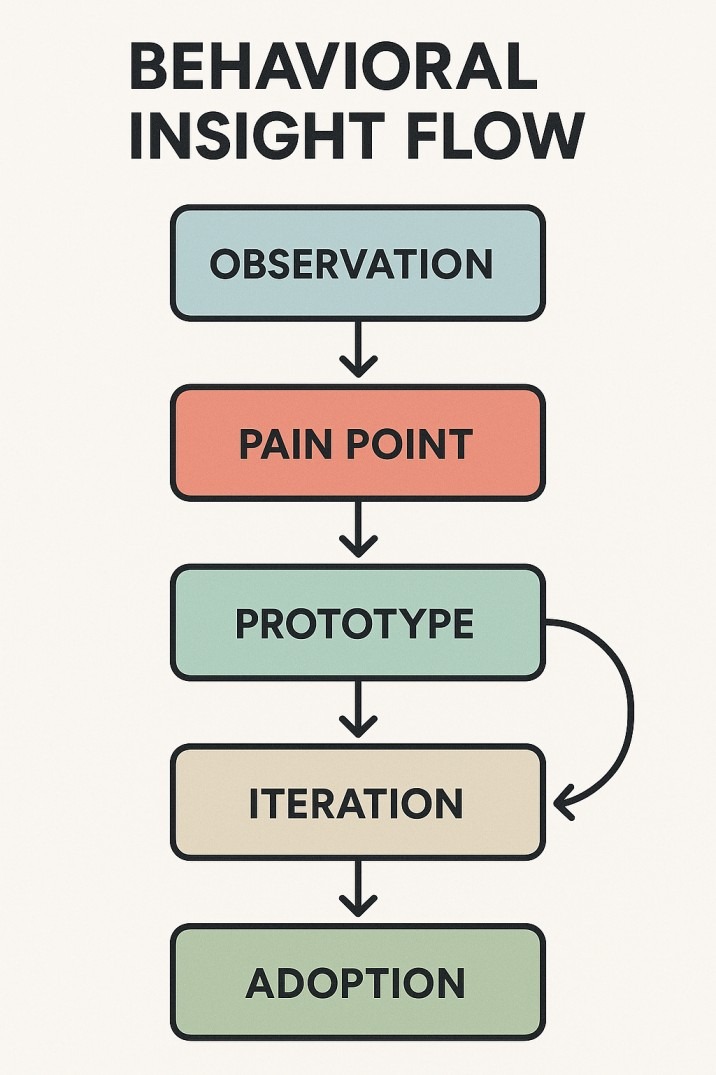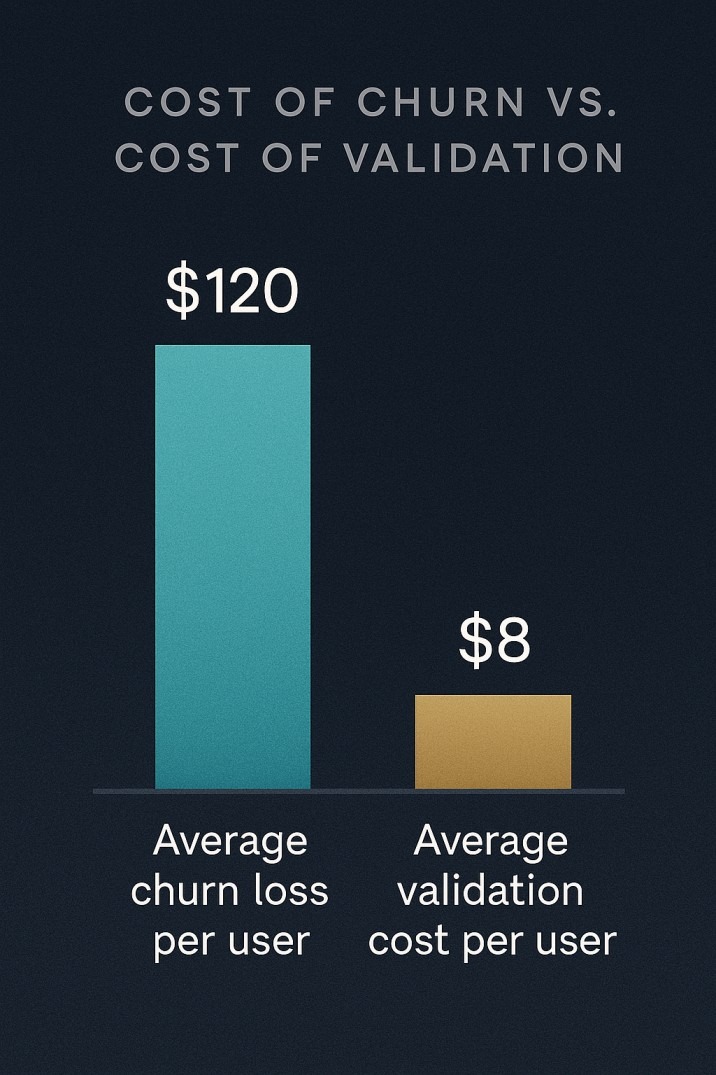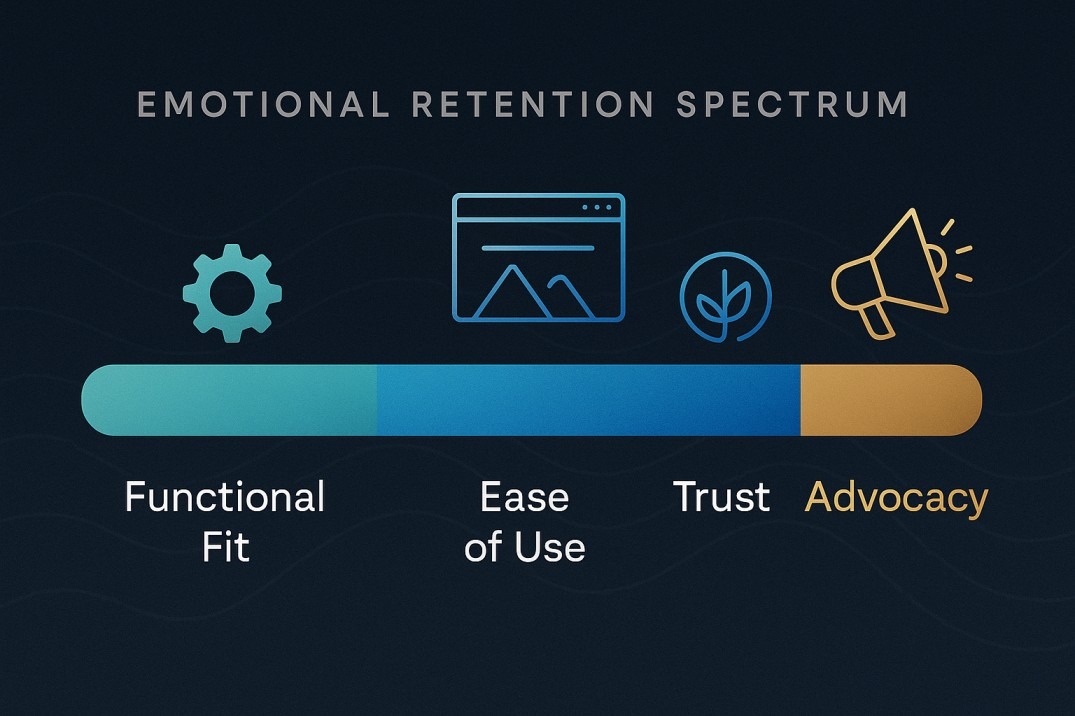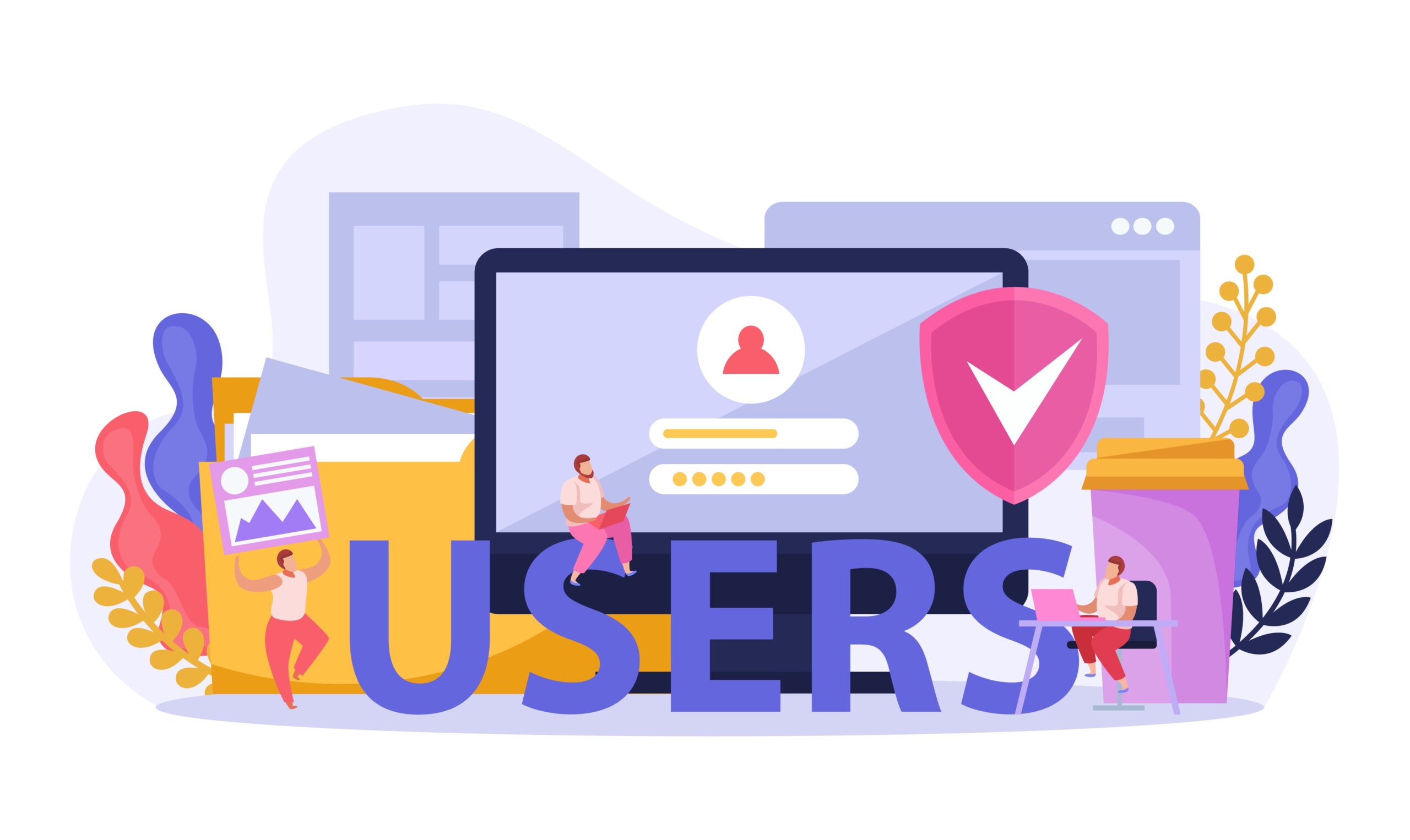In the crowded software-as-a-service landscape, the most successful products share one foundational trait — they deeply understand their users before writing a single line of code. This understanding is born from user validation, a process that determines whether your assumptions about customer pain points, workflows, and willingness to pay are real. For SaaS founders, user validation isn’t a luxury or an academic step; it’s the quiet insurance policy that keeps churn from becoming the silent killer of growth.
When startups skip user validation, they don’t just risk wasted development hours — they risk building something nobody wants to use twice. The irony is that churn doesn’t begin after sign-up; it begins the moment a feature is created in isolation from real-world feedback. The smartest SaaS teams know that product-market fit is a moving target, and the only way to stay aligned is through continuous user validation.
User validation for SaaS helps founders confirm real customer needs before building. It prevents wasted effort, improves retention, and lowers churn by aligning product design with user behavior. Continuous validation creates stronger onboarding, clearer value, and higher trust, ensuring that each update reflects genuine customer priorities and supports long-term product success.
The Psychology Behind Early User Validation
User validation works because it grounds intuition in evidence. Founders and product designers often develop a kind of “creator’s bias” — the belief that their understanding of a problem is universal. But markets are made of humans, not hypotheses. When you bring real users into the conversation early, you’re not just asking them what they like; you’re decoding how they think, what they ignore, and where they hesitate.
In SaaS, most churn can be traced back to a psychological gap — a mismatch between what a user expects the tool to do and what it actually delivers in their daily routine. Through user validation, this gap becomes visible long before it manifests as an unsubscribe click. Testing onboarding flows, pricing perception, and even micro-copy in the interface all contribute to a shared language between user and product.
How User Validation Shapes SaaS Retention
Retention doesn’t begin at renewal; it begins at relevance. A validated user journey reduces churn by ensuring each milestone — from signup to upgrade — reflects real needs. In practice, user validation transforms vague product roadmaps into precise retention strategies. Instead of guessing which features drive satisfaction, teams gather direct evidence through interviews, prototypes, and usability sessions that simulate the actual environment of use.
When you validate early, the onboarding process feels intuitive because it mirrors the way customers already work. The more your onboarding flow feels “native” to a user’s routine, the less cognitive strain they experience, and the more likely they are to stay. This is why mature SaaS platforms conduct user validation continuously — it becomes the pulse check that keeps product updates aligned with evolving customer goals.
From Hypothesis to Habit: Why Feedback Matters Early
At its heart, user validation turns hypotheses into habits. Instead of asking, “Would you use this?” the best SaaS researchers ask, “How would this fit into what you already do?” The subtle difference transforms a speculative answer into a behavioral insight. People tend to overstate their interest in hypothetical products, but behavioral observation — watching how they solve a problem today — reveals truth.
For SaaS, early user validation might involve observing how prospects manage data in spreadsheets, how they share reports, or how often they revert to manual steps. These micro-behaviors become the blueprint for automation, not assumptions.
Without user validation, a team might build a dashboard nobody checks. With it, they build one that becomes the user’s daily anchor. In retention terms, that’s the difference between an app that’s nice to have and one that’s impossible to live without.

Metrics That Reveal True Validation
Not every conversation counts as user validation. Vanity metrics like “signups” or “beta interest” don’t tell you whether users find lasting value. The real signals come from behavior: frequency of logins, time to first success, and the number of core actions completed in the first week. These metrics turn validation into a measurable discipline.
A SaaS team that ties user validation to activation milestones gains predictive control over churn. For instance, if validated research shows that new users who complete three reports in their first 48 hours are 80% more likely to stay after 30 days, then your onboarding goal becomes obvious — get every user to that third report.
Cultural Shift: Making User Validation Ongoing
In the early days, user validation feels like research. Later, it becomes culture. Teams that integrate user feedback loops into every sprint learn faster than competitors who wait for quarterly reviews. Product managers stop defending features and start defending evidence. Designers begin to see testing not as judgment but as collaboration. Engineers, too, get clarity — knowing why a feature matters reduces frustration and rework.
In a mature SaaS operation, user validation doesn’t end after launch; it evolves into continuous discovery. Every new feature passes through a cycle of mockups, interviews, and quick-release feedback before full rollout. This loop keeps the product fresh, relevant, and emotionally resonant — three qualities that directly lower churn and increase lifetime value.
User Validation and the Economics of Churn
From a financial perspective, every dollar spent on user validation saves multiple dollars in customer acquisition. Retaining an existing subscriber costs far less than winning a new one, and churn directly erodes the compounding revenue that makes SaaS scalable. When your churn rate drops by just one percentage point, the lifetime value curve expands exponentially.
User validation achieves this because it identifies friction points before they become revenue leaks. Misaligned pricing, unclear onboarding steps, or overcomplex dashboards — each can cause early cancellation. Validation catches these pain points in the prototype phase, when they’re still cheap to fix.

Emotional Validation: The Invisible Retention Driver
Not all validation is quantitative. Emotional validation — the sense that a product “gets” its user — drives attachment in ways that data alone can’t explain. When your interface uses familiar terms, when your emails anticipate confusion and offer reassurance, when your roadmap reflects actual customer stories, users begin to trust.
This trust translates into patience during downtime, willingness to explore new features, and ultimately, advocacy. Churn prevention isn’t just about functional satisfaction; it’s about emotional resonance, and user validation uncovers both.

The Future of User Validation in SaaS
As AI and analytics advance, user validation is becoming faster, richer, and more predictive. Behavioral analytics can now identify drop-off triggers within minutes of user interaction. Machine learning tools can cluster feedback to show which frustrations dominate sentiment. Yet, even with automation, the principle remains timeless — talk to your users, listen deeply, and validate often.
Future SaaS leaders will treat user validation not as research but as a moral duty — a promise that every product iteration honors real human time and attention. In a world of endless choices, users stay loyal only to the products that feel designed for them, not at them.
When you validate early and validate often, you don’t just reduce churn — you build something users believe in. And belief, in SaaS, is the strongest retention metric of all.
Andrea Balint is a writer and researcher focused on human behavior, workplace psychology, and personal growth. Through her work at CareersMomentum, she explores how mindset, leadership, and emotional intelligence shape modern careers. With a background in communication and HR development, she transforms complex ideas into practical insights that help readers build clarity, confidence, and professional purpose.
